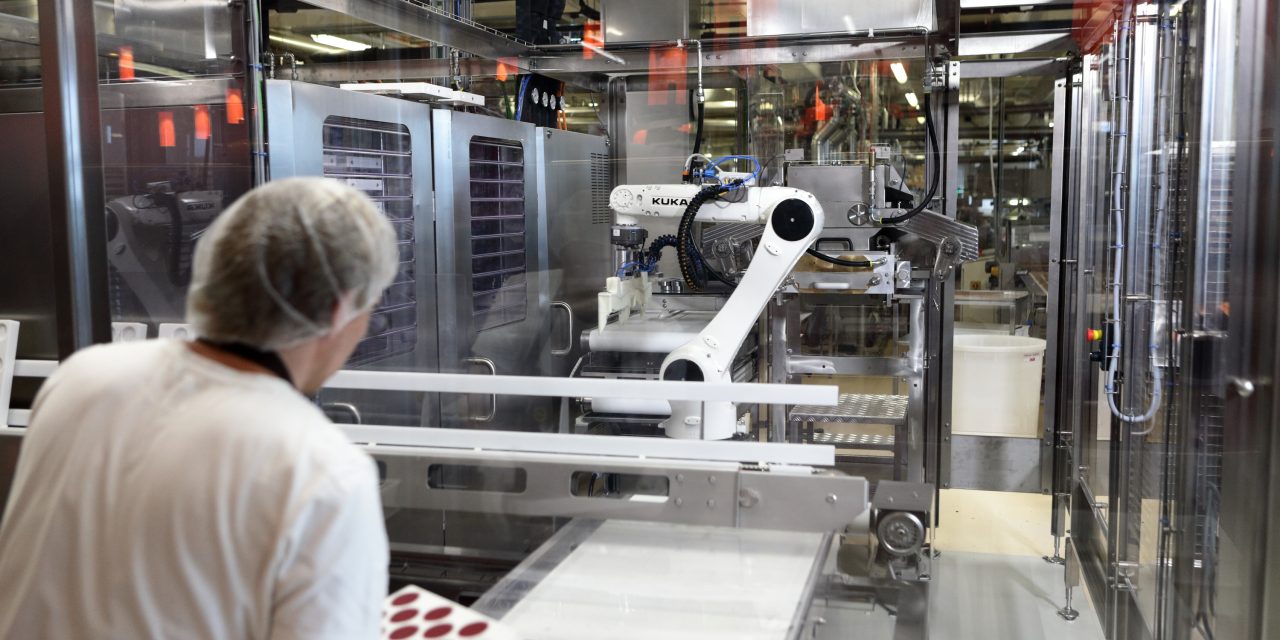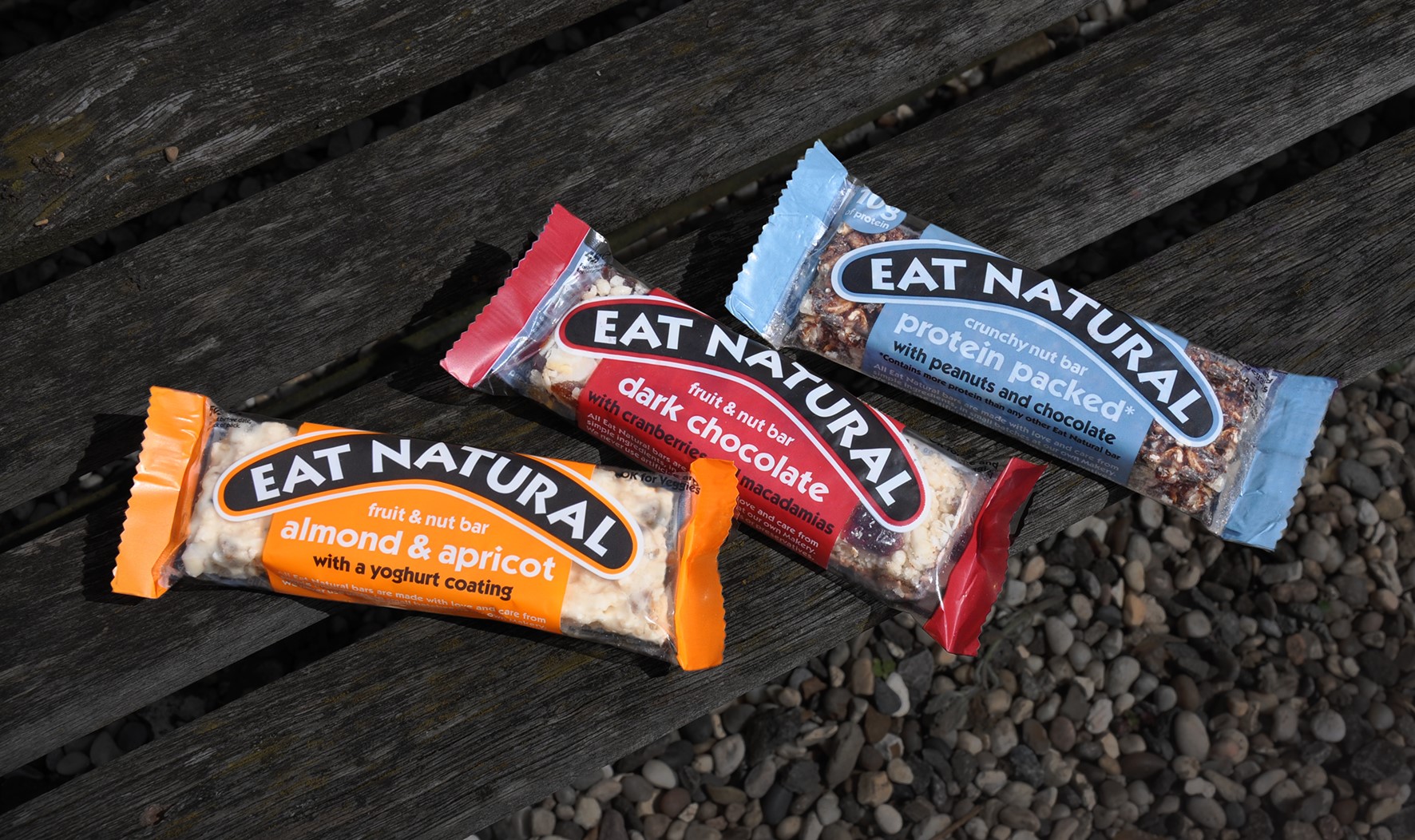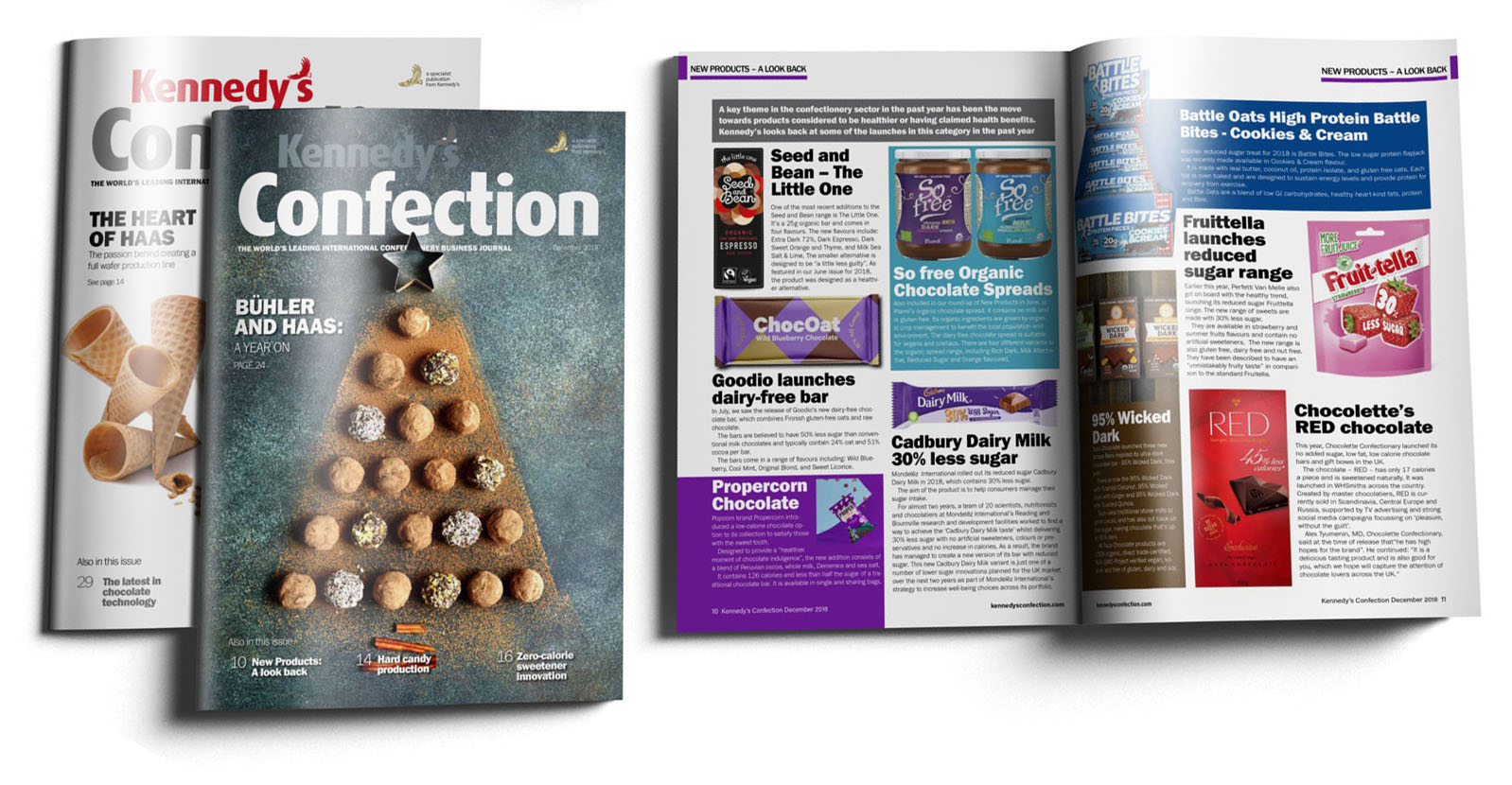At the Austrian Zotter chocolate factory, over 270,000 visitors per year are able to watch robots hard at work making pralines and chocolate bars, while another is employed to entertain and serve chocolates to visitors in the Chocolate Theatre.
The Zotter chocolate factory was founded in 1987. Today it offers more than 500 chocolate varieties – ranging from saffron and pistachios to pink coconut and gummi fish.
Since March 2019, the Zotter Experience World theme park in the Austrian village of Bergl, near Riegersburg, has employed a robot to entertain visitors in its Chocolate Theatre. Visitors are able to select their favourite praline using a touch panel. The robot then grips the chosen treat using a suction cup, provides entertainment with some small rhythmic movements and then services the praline through an outlet.
“The main reason for specifying this robot for us was the fun factor for visitors,” explains Josef Zotter, Managing Director. “We wanted to let everyone see and experience the latest in robotic automation.”
However, this is not the first robot to be used by Zotter. Since 2017, two robots, supplied by KUKA, have also been hard at work on the production floor, where they have been helping turn chocolate into pralines or bars and to provide precision handling of the temperature-sensitive raw material.
Thinking laterally
“Sometimes you have to think laterally to innovate,” continues Josef. And that is how the idea of incorporating what are believed to be the World’s first chocolate making robots into the factory was born. “We chose KUKA as our robot partner because we share a drive towards innovation,” says Josef. In the production area, two robots, suitable for use in cleanroom applications – and meeting the requirements of cleanroom class ISO2 – have been tasked with undertaking moulding operations. Thanks to a special powder coating and special seals to protect against particle emission, the cleanroom robots feature extremely smooth surfaces. The robots do not generate dust or particles caused by seal abrasion which enables it to conform to the strict cleanroom criteria set by the Fraunhofer Institute.
In the production area, which has high cleanliness requirements, KR AGILUS CR model KUKA six-axis robots are used, as they have been specially developed for precise and extremely accurate working processes in the low load range. These are precisely the characteristics needed for dealing with chocolate.
One of the main advantages of using robotics in the confectionery industry is improved efficiency. Robotic automation allows for faster and more accurate processing of products, reducing the time needed to complete certain tasks. They also offer greater flexibility and can be programmed to perform a wide variety of tasks and can be quickly reprogrammed to handle new products or changes in production processes. They can work around the clock, making it possible to increase production output and meet consumer demand for an ever-wider variety of products.
“For Zotter, however, the adoption of robots was not primarily about increasing efficiency on the production line but was more about innovating and having fun and importantly, to benefit from their precision,” says Reinhard Nagler, Country Manager Austria and Switzerland for KUKA.
Josef was keen to benefit from the precision and repeatability that the robots can bring to the production process, in applications where this is difficult to achieve manually. “The robots can work accurately to the hundredth of a millimetre range,” explains Reinhard. “The quality will also remain consistent even after the 100,000th praline!”
Blending craftmanship and technology
The aim was to blend traditional chocolatier craftsmanship with the latest technologies. However, implementation did not come without challenges – namely ensuring precise handling of the raw mass, which reacts sensitively to any fluctuations in temperature. KUKA was able to programme the two independent robot arms to work together effectively in sequence.
One robot grips the appropriate mould, goes to the caster and fills it with liquid chocolate. It then swings the mould with the utmost precision, to evenly distribute chocolate within the mould, and then places the mould into a refrigerator. The second robot then takes over, collecting the cooled products from the refrigerator and placing them on the output conveyor for manual demoulding.
Josef continues to innovate and think ahead. In the future he would like to be able to produce completely individualised chocolates – in line with the goals set by Industry 4.0. Based on collected customer data, he hopes to be able to create pralines which meet the desires of each individual customer. This could include creating pralines that meet specific dietary requirements such as intolerances or allergies. “This scenario is still a way off,” admits Nagler. “But with advancing technology I believe it will may well be achievable in a few years’ time.”
Editorial contact:
Editor: Kiran Grewal kgrewal@kennedys.co.uk







